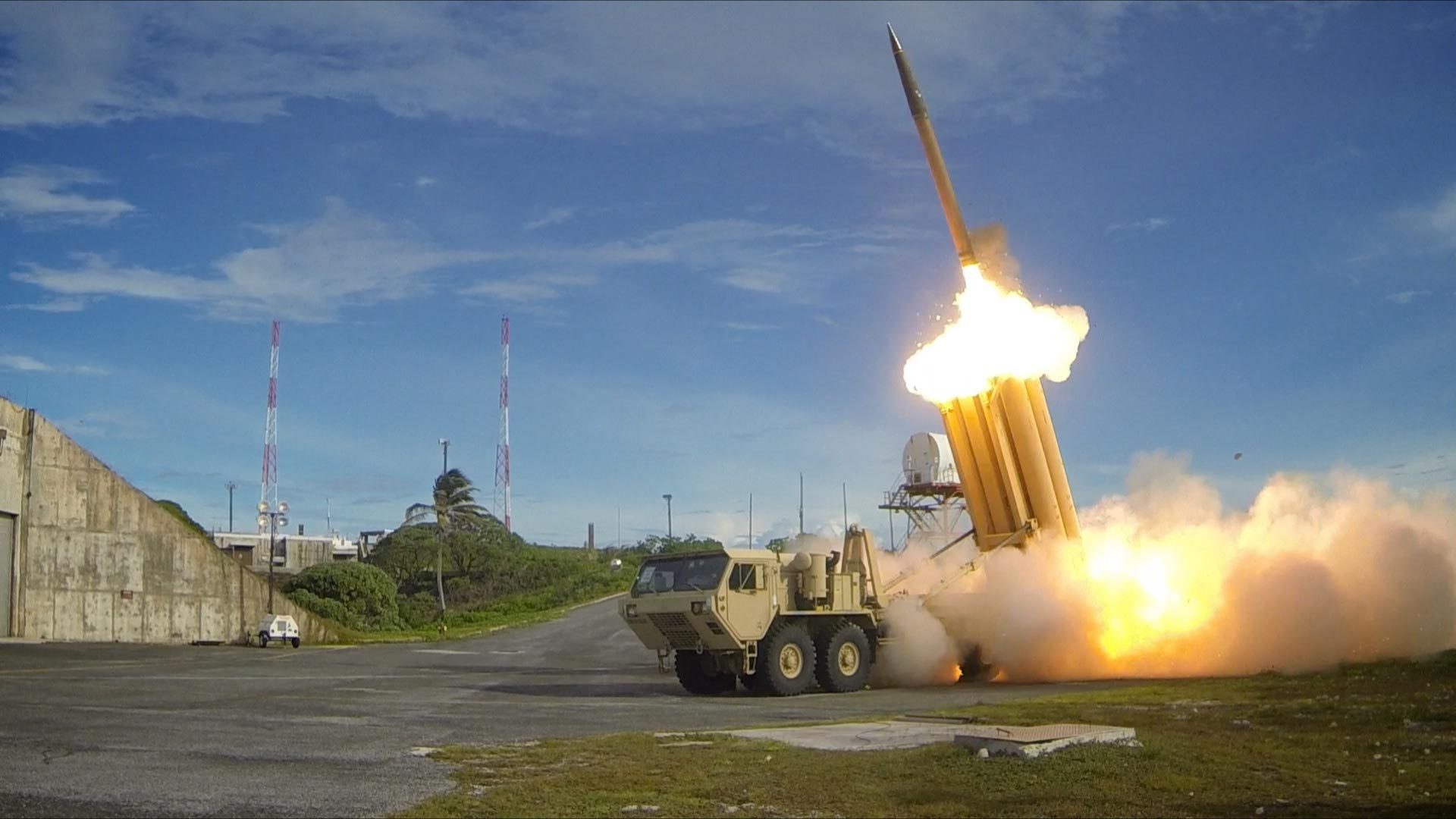Saudi Arabia's First THAAD Missile Defense System: A Key Advancement in National Security Strategy

First Deployment of Advanced THAAD Missile Defense System in Saudi Arabia: A Strategic Milestone
The induction of the first operational unit of the Terminal High Altitude Area Defense system marks a transformative moment in the kingdom’s defense architecture. This U.S.-originated missile defense technology elevates the nation's capability to neutralize a broad spectrum of ballistic threats, leveraging sophisticated interceptors designed to target incoming missiles beyond the Earth's atmosphere. With a plan to deploy a total of 44 launchers, this system underscores a focused effort to protect critical infrastructure and strategic assets against growing regional missile threats.
Originating from a decades-long development trajectory initiated in the early 1990s, the system was conceived to respond to evolving ballistic missile challenges in layered defense scenarios. The terminal phase interception capability is particularly critical because it enables the destruction of missiles during their final trajectory, thereby maximizing defensive coverage. This technology employs a kinetic "hit-to-kill" methodology, relying on direct impact rather than explosive warheads, which ensures precision and mitigates collateral damage.
The system's roots are entrenched in a series of pivotal milestones, from its initial conceptualization and development by the U.S. Army to its gradual operational deployment in key geostrategic locations such as South Korea, Israel, Japan, and the United Arab Emirates. The latter serves as a noteworthy benchmark, being the first Gulf Cooperation Council country to operationalize this defense asset since 2016. The kingdom’s recent activation of its first battery signals its intent to join this exclusive group of nations equipped with cutting-edge ballistic missile defense.
This deployment is not just a technical upgrade but a strategic response to the complex security environment of the region. In recent years, various state and non-state actors have expanded their missile capabilities, elevating the risks to civilian populations and economic hubs. The system’s ability to intercept short- and medium-range ballistic missiles, including those launched from adversarial territories, reflects a calculated enhancement of deterrence and defense readiness.
Integral to the system's successful integration was a comprehensive phase of evaluation, testing, and training. Saudi military personnel underwent extensive instruction at U.S. training facilities, gaining expertise in operational use and tactical deployment of the system. This collaboration not only signifies a deepening of bilateral defense relations but also highlights the transfer of sophisticated technological competencies, reinforcing the kingdom's ability to sustain and operate such advanced systems independently.
Technically, the missile defense battery operates with radar systems capable of early detection and tracking of ballistic threats at extended ranges. The launchers, which are part of the planned 44-unit deployment, are mobile and can be repositioned to cover various strategic points. Once a threat is identified, the interceptor missile is launched to collide with the incoming missile in the exo-atmospheric phase—outside the Earth's atmosphere—significantly reducing the risk of damage from missile fragments or warhead detonation within populated areas.
The operationalization of this system is a direct outcome of broader defense modernization efforts backed by significant procurement agreements with the United States. A landmark arms deal signed in 2019 paved the way for this technology transfer, accompanied by plans for domestic manufacturing of components, including interceptor launchers and canisters. Such industrial partnerships aim to bolster the kingdom’s defense industrial base and reduce future reliance on foreign supply chains.
Beyond the hardware, the system's activation aligns with an overarching strategic doctrine focusing on layered missile defense, combining various systems that operate at different altitudes and ranges. This multi-tiered approach increases the likelihood of neutralizing a missile threat at any stage of its flight path, thereby providing a robust shield against increasingly sophisticated missile attacks emerging from regional conflicts and proxy engagements.
The regional context underscores the urgency of deploying such advanced defense measures. Ballistic missile threats have become a persistent concern due to ongoing tensions and proxy conflicts involving neighboring states. This system's capabilities are particularly salient given the history of missile launches from armed groups and hostile state actors targeting not only military sites but also civilian infrastructure and economic centers.
Critically, the implementation of this technology is expected to enhance the kingdom’s deterrence posture by signaling advanced defense preparedness, thus potentially influencing adversaries' strategic calculations. The integration of these interceptors into the operational command and control structures ensures rapid threat response and coordination with other defense assets, reinforcing a comprehensive national security framework.
Looking forward, the phased deployment of the 44 planned launchers will represent a major leap in air defense resilience. Each additional battery will expand coverage, enabling simultaneous engagement of multiple threats and improving operational redundancy. The sustained commitment to this deployment illustrates a long-term strategy prioritizing technological adaptation and regional stability.
In conclusion, the activation of this sophisticated missile defense battery in the kingdom signifies a critical enhancement in defensive capabilities, reflecting a melding of advanced technology, strategic foresight, and regional security imperatives. This development not only bolsters the kingdom’s protection against evolving missile threats but also exemplifies an elevated level of defense collaboration and technological transfer. As the deployment progresses, it will be a decisive factor shaping deterrence dynamics and defense postures throughout the region.
